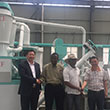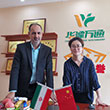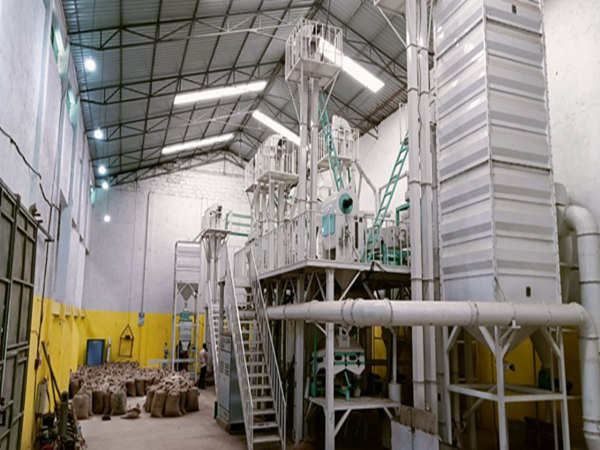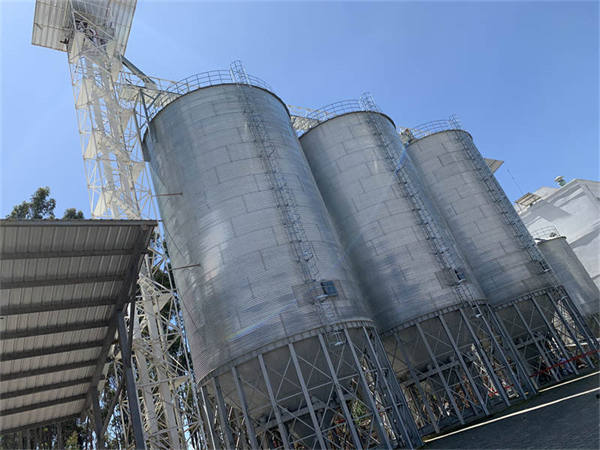The processing technology of oatmeal
SynopsisOatmeal processing technology and process: Oat cleaning and impurity removal → oat shelling → hydrothermal treatment → grain cutting → tableting → drying and cooling → sieving → packaging → oat flakes.
Oat is one of the food crops with high nutritional value recognized in the world. Oat flakes made with oat as the main raw material are rich in protein, fat and vitamins, and are well received by consumers. At present, consumption at home and abroad is growing rapidly.
1. Oatmeal processing technology and process
Oat cleaning and impurity removal → oat shelling → hydrothermal treatment → grain cutting → tableting → drying and cooling → sieving → packaging → oat flakes.
2. Operation points
(1) Cleaning and removing impurities: Most of the public grain cleaning equipment can be used for oat cleaning. The cleaning procedure is: first use the awning machine to cut off the awns to improve the shelling performance; then use the cleaning sieve and suction fan to remove the lighter debris; Then use a vibrating stone remover to separate stones and heavy particles; then use a bag hole separator to remove grass seeds and foreign grains; finally use a cylindrical classifier to separate to obtain clean oats.
(2) Shelling: Using impact offline, circular suction separator, awning machine, grain separator and cylindrical classifier, etc., the glumes are removed from the grains, and the hulled net oat grains are separated.
(3) Hydrothermal treatment: Due to the high fat content of oat, in order to prevent the production of lipolytic enzymes in the subsequent processing, the fatty acid will be rancid and the quality will be deteriorated. The enzyme is often passivated by 100 ℃ water, or the enzyme is killed by a steam conditioner. Then use a kiln dryer to remove part of the water and cool the grains, and the result is oat rice.
(4) Grain cutting: This process is similar to the cutting of corn residue, and one grain is cut into 3 to 4 sections. After cutting, the normal granules are screened out by various sieving machines.
(5) Compression: In order to make the product have better digestibility, the oat crushing is gelatinized to change the structure and shape of the product. Before tabletting, the grains were humidified and heated so that the moisture content of the material reached 17%, and then treated at 100°C for 20 minutes. The gelatinized oat grains are fed into a double-roller tableting machine to form uniform oat flakes, which are then dried on a fluidized bed to reduce the moisture content of the oat flakes to 11%, cooled with cold air, and then classified by a shaking sieve to remove agglomerates and fine particles. Granules are finished products, which can be packaged and marketed.











Leave a reply